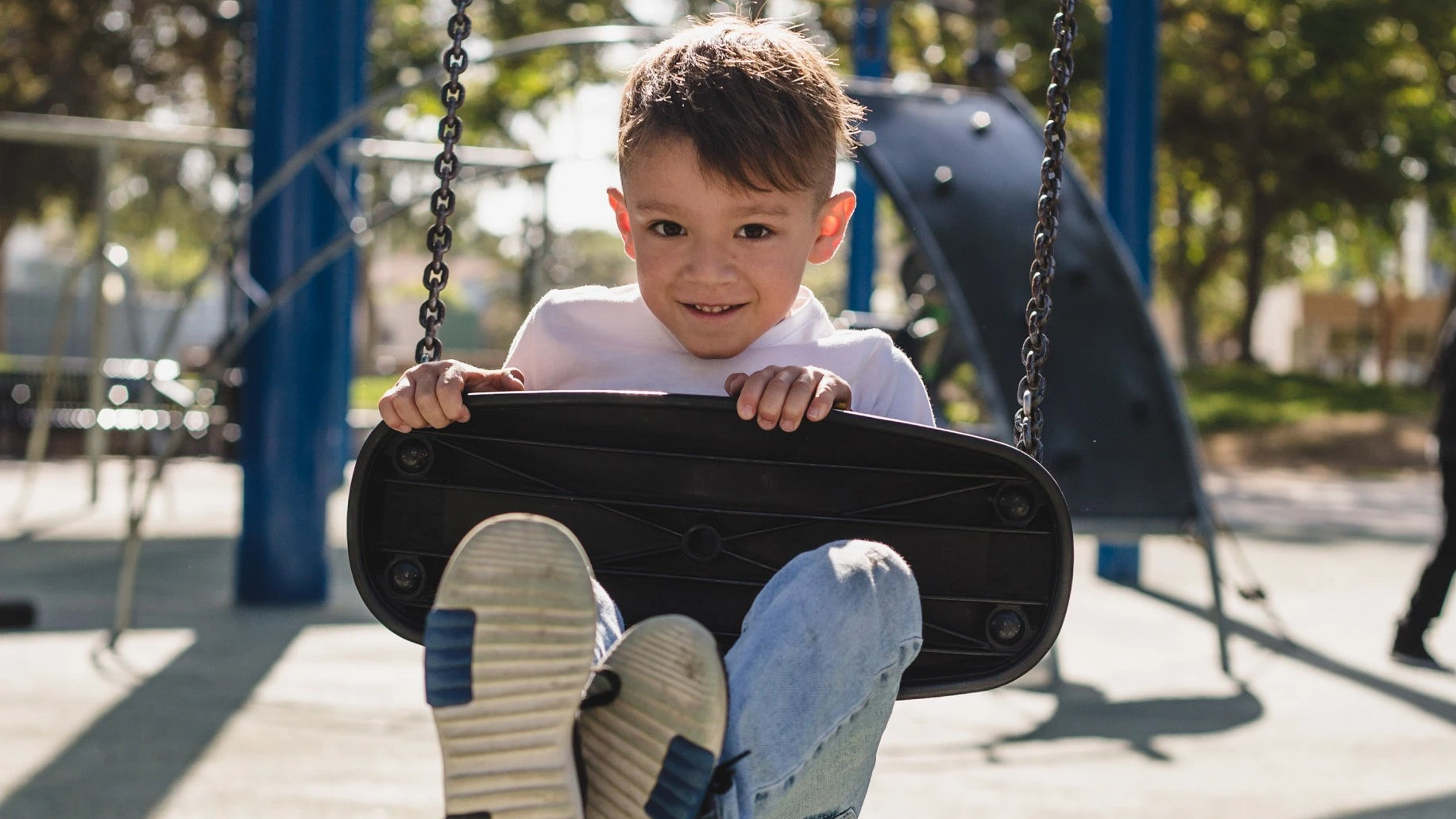Hidden Senses: How Does OT Help With Vestibular Processing
Kimberly Lindgren, OTR/L - June 10, 2020

Now that you have a general understanding of the vestibular system and the everyday skills it impacts, how do you recognize if your child needs support in this area? And what does an OT do to improve it?
The Warning Signs of Possible Vestibular Processing Challenges
- Constantly seeking OR afraid/hesitant of movement, swinging, jumping, spinning (always wants to swing higher or go faster OR does not want to get on a swing or climb up play structures).
- Stumbles when navigating crowded areas
- Fearful and avoids OR becomes out of control when in a busy environment
- Is wiggly or constantly slouching during circle time or when seated at a table
- Becomes car sick easily
- Headaches
- Difficulty reading or writing smoothly from left to right
- Consistently reverses letters (this is normal up until age 7, but is an indicator of vestibular challenges)
- Fearful or hesitant to lean head back (such as leaning it back to wash hair)
How does OT help?
Oftentimes when a child is referred to OT, it’s for ‘behavioral’ challenges' - what teachers and parents observe. The concern might be difficulty sitting still in class, transitioning efficiently between tasks, big outbursts and tantrums at home, or challenges ‘settling down’. Many times, the root of the problem is the perception and processing of sensory information, which feels ‘out of their control’ to change. As OT’s, we help pinpoint the challenging areas in the child’s unique sensory system. From there we help adapt the child’s environment, develop “tools” (strategies) to support their daily activities, and work with parents and teachers to implement these strategies. We strive to eventually have the child self-advocate for their own sensory needs and understand what their body needs to feel most successful and comfortable across all environments.
Here are some things an occupational therapist takes into consideration, when using vestibular input with your child:
- What activities is your child avoiding or needing more of - do they refuse to participate in birthday parties or do they love extra movement?
- Which movements impact the child’s emotional state - feeling calm versus excited (emotional regulation).
- Which activities, when given before or after vestibular input, help with coordination, balance, strength, or other targeted skills.
- Adjusting vestibular input intensity as your child’s processing changes (e.g. as they improve over the course of therapy)
- Use a variety of swing types so that child feels most confident and successful with swinging/vestibular input - this allows us to target all three semicircular canals
- What tools and strategies your child, family, and teachers can use across all environments to elicit a certain emotional state (we love the green zone and want to give your little one lots of tools to stay in the green).
- Using play to learn and create positive associations with sensory input!
Vestibular processing is such a powerful sensory system for both our motor skills and emotions, and impacts our everyday functioning. As OT’s, we love working with families and children to explore their own sensory system and teach them how to be successful at home, school, and social relationships. Read my final blog on the vestibular system, which includes activities you can do at home with your child to support this system.
If you have any questions or concerns regarding your child’s sensory system we are happy to talk! You can reach us anytime through our website!
<3,
Kimberly
